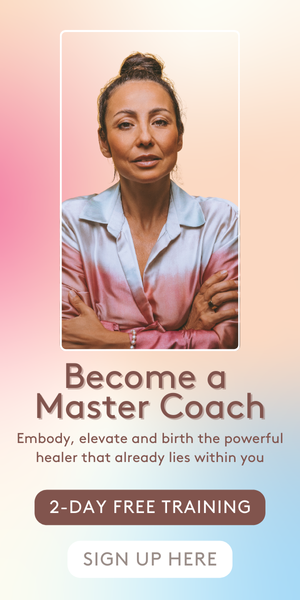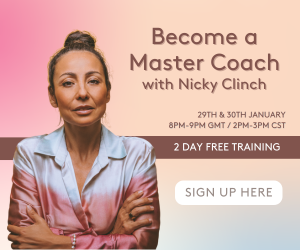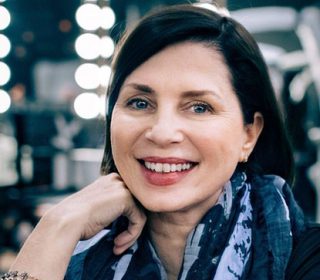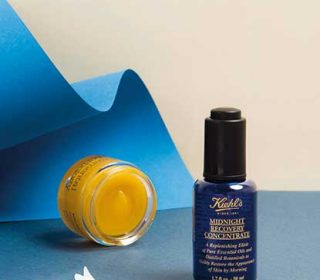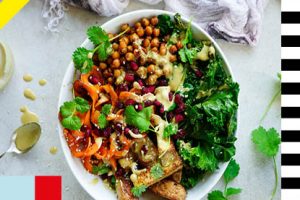What does witchcraft look like in 2019?
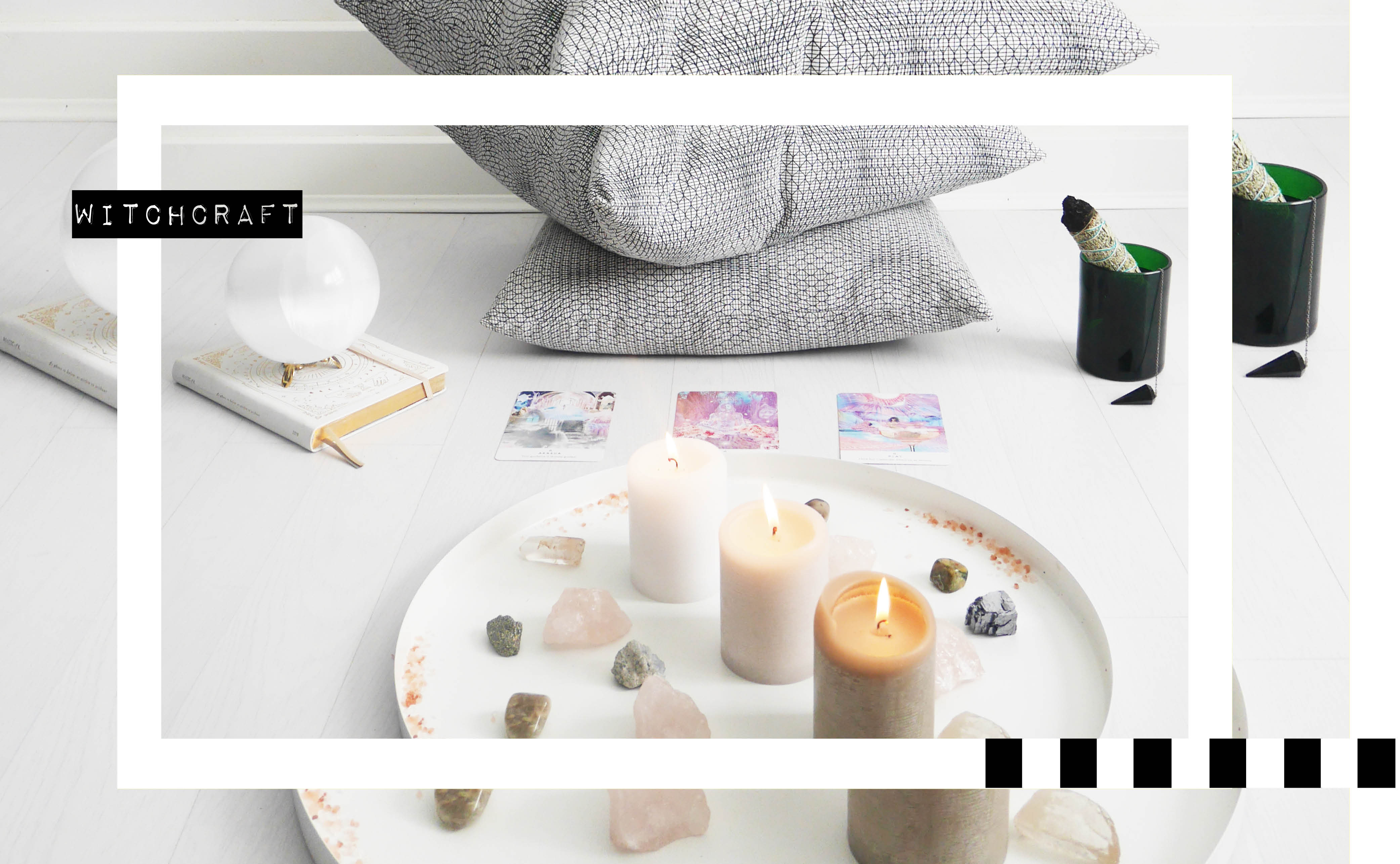
While, for some, the word might conjure the Harry Potter franchise or women wrongfully being burned at the stake (which actually happened during the Salem witch trials in 1692/3 Massachusetts), witchcraft is now something — like crystals and horoscopes — that can be safely worked into a day-to-day life in 2019.
We spoke to reiki master, meditation teacher, skin mindset guide, modern mystic and founder of Project Anja Giselle La Pompe-Moore to find out more…
What does modern day witchcraft look like?
At the core, it combines self-care, mindfulness and spirituality. It’s all underpinned by having a greater sense of agency and connecting to something bigger than ourselves. We work closely with nature’s cycles, such as the seasons, the moon and the elements of fire, water, air and earth for self-healing and to heal our communities too.
We practice rituals, spells and divination which give us a line of communication to the universe, spirit, our higher selves (or whatever you want to call it) and allows us to manifest things from the spiritual world into the physical world. This can be on career, relationships, self-growth or material goods.
There are so many different types and traditions of witchcraft so you don’t necessarily have to identify with being wiccan or pagan; some practices are hereditary and based on family traditions, while others include hierarchies, formal training and joining a coven. It’s all about what feels good for each person.
But, we all usually follow some of the same core traditions, which are usually rooted in nature-based practices such as celebrating the seasons and the wheel of the year e.g samhain, the spring equinox and yule. In general, we’re just co-creating with the universe to bring magic into our life — which is basically manifesting your own destiny — and the lives of others. It’s always magic that does no harm with the idea that any good you do will return back to you threefold.
How does witchcraft feature in your everyday life?
In many ways; not only in regards to rituals and spiritual practices, but it’s a way of being and moving through the world. It gives a reassuring belief that one can create their own destiny and make their own magic, which feels quite powerful.
I work closely with the moon’s cycle, so I’m always tracking it and it usually dictates the majority of my spells. For example, on the new moon I might do a spell to manifest something for my business and on the waning moon I will do banishing spells, which might be letting go of a limiting belief.
Meditation is an important part of it, and I start and end my day with it as it strengthens my relationship to spirit and my intuition. I helps me allow myself to receive any guidance and wisdom which I can utilise in the rest of my life.
In witchcraft we have something that we call correspondences, which are lists of tools and items that harness certain intentions or energy to use in spells, like ingredients. If one’s doing a spell to manifest money then they’d use a green candle, herbs and spices, like bay leaves and cinnamon and a pyrite or citrine crystal, as all of these promote abundance.
I usually do spells and rituals alone, but I have mystical girlfriends and when we get together coven-style we’ll usually meditate, journal and do some manifesting spells together.
How did you get into it?
It’s always been a part of me, it was just a case of remembering that. For most women who identify as witches it’s exactly the same feeling. There’s a long line of witches and healers in my ancestry, so for me a huge part of it is honouring that. As many of my ancestors lived in a time where they couldn’t be open about it and I’m hugely grateful that I live in a time where I can be, so there’s a lot of responsibility around that.
I spent a long time learning about the history, traditions and witches who came before me and the various correspondences. I learnt tarot, essential oils, more about astrology and how to use a pendulum, plus all of the other mystical tools I use in my work. I would say I’m an eclectic witch as I’m open to different practices and rituals.
View this post on Instagram
There seems to be an increase in interest around it, but not yet to the levels of crystals — do you think it’s a matter of time?
It has gained in popularity for sure and I think that’s in response to patriarchy as it’s a way for people who’ve felt othered by society to take our power back and actually remember that we have so much power; not only in our bodies, but also if we really harness the power in nature.
Witchcraft is also a form of escapism from a world of high stress, race and gender rows, and a tricky political climate. It’s rooted in honouring nature and we need that with the current environmental struggles and threat to the future of our planet. In uncertain and turbulent times people always look for something to take comfort in and spiritual practices encompass many things that modern life lacks.
I wouldn’t have been able to safely call myself a ‘witch’ and be empowered enough to do so at so many points in history, so I do think that highlights just how much times have changed and that there’s greater interest in witchcraft. We use crystals a lot in witchcraft and I think that shows if you make the message and meanings of these tools accessible then more people will have an open mind and get how they can incorporate them into their lives.
What do you say to people who are cynical about it?
There will always be cynics and people who are against it; the history of witchcraft is one filled with violence and persecution. It’s a practice that was seen as a threat to modern medicine and for many people it still carries that past. Some forget that any healer, wise woman or anyone who realised the power of plants, herbs and all of the gifts from nature were called witches.
Humans are always a bit afraid of the unknown and, in popular culture, witchcraft is always seen as something secretive or overly sexualised. It’s rarely represented as what it is; just reclaiming our personal power to serve ourselves and others, and connect to our bodies and the world around this. It just requires an open mind and a shedding of old stereotypes. Spells and witchcraft aren’t anything dark, weird or scary. It’s just using different tools, some intuition and working with the universe to create our own path and destiny.
Giselle La Pompe-Moore is the founder of Project Ajna and offers one-to-one rediscovery: soul sessions which incorporate reiki, tarot, self-care rituals and meditation and rediscovery: skin sessions that guide you towards acceptance around your skin and appearance.



